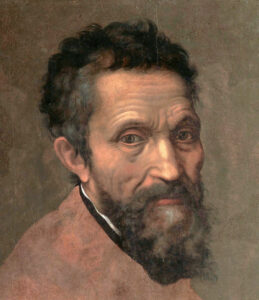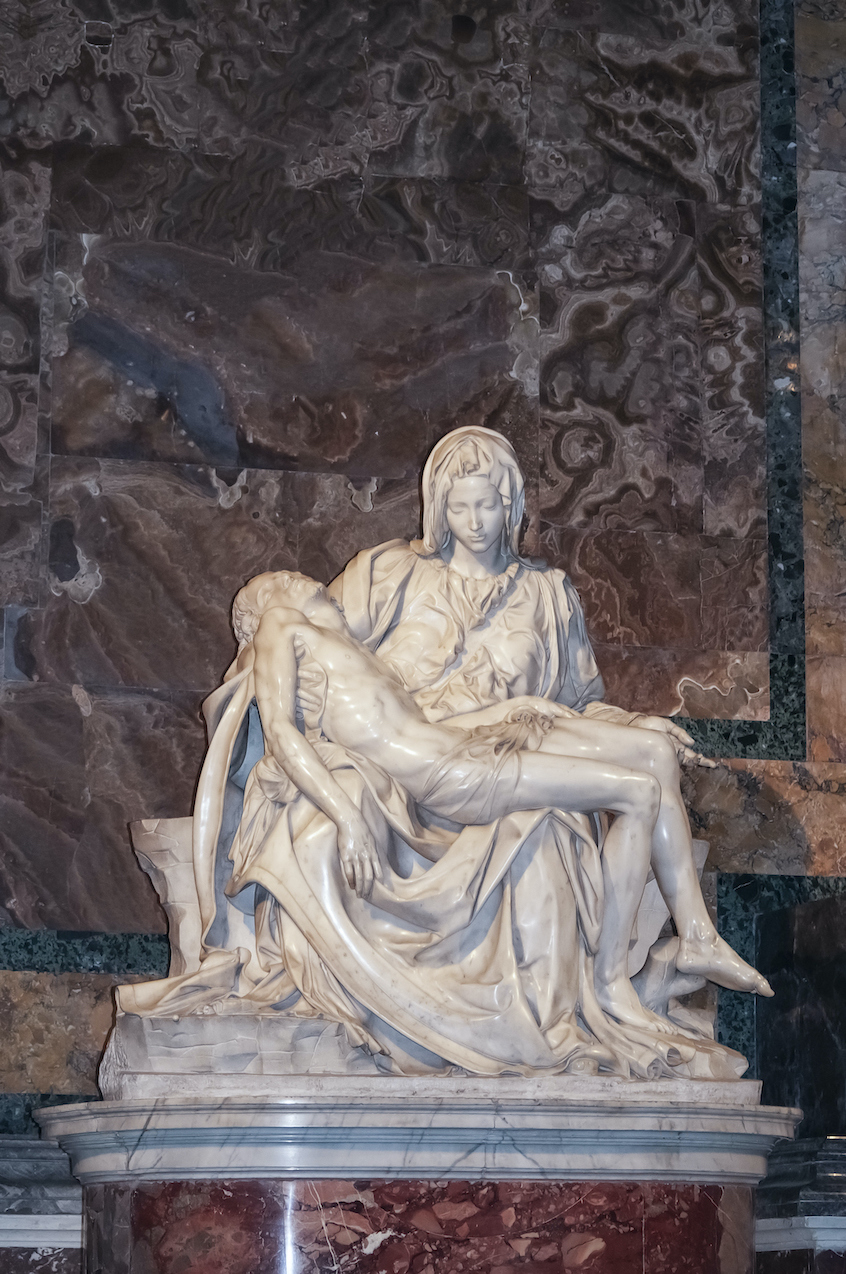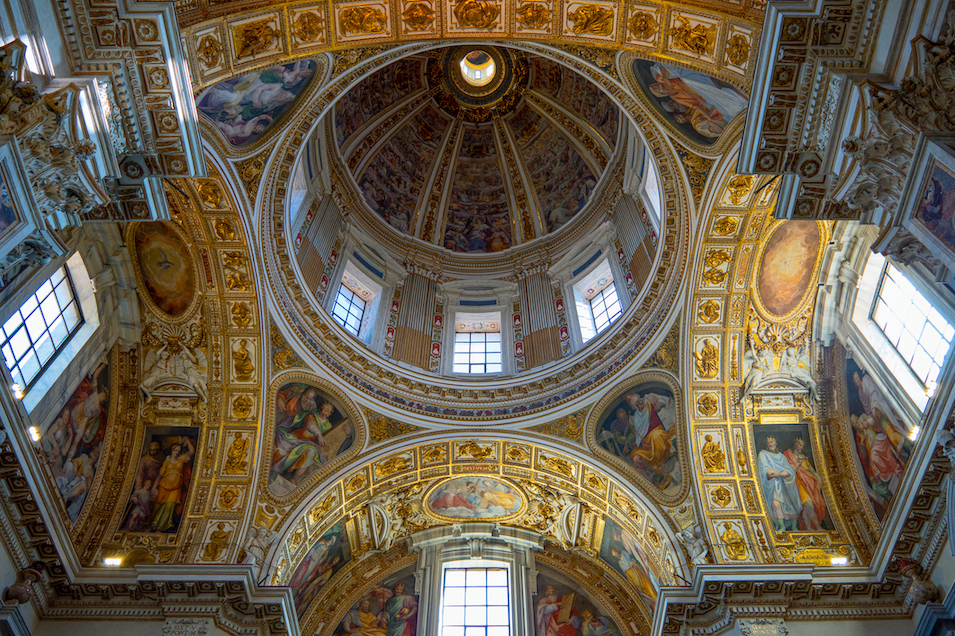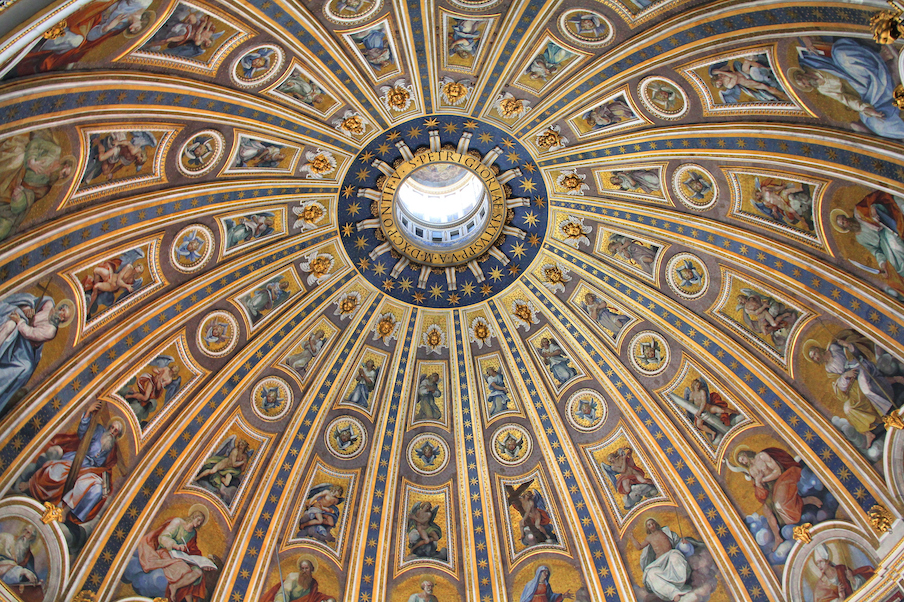 Michelangelo di Lodovico Buonarroti Simoni, widely celebrated as one of the greatest artists of the Italian Renaissance, was born on March 6, 1475, in Caprese, Italy. His life and works remain monumental in the history of Western art, as he mastered multiple artistic disciplines, including sculpture, painting, architecture, and poetry. Michelangelo’s journey through art was marked by a relentless pursuit of perfection and a profound exploration of the human form, which he expressed with unparalleled depth and realism.
Michelangelo di Lodovico Buonarroti Simoni, widely celebrated as one of the greatest artists of the Italian Renaissance, was born on March 6, 1475, in Caprese, Italy. His life and works remain monumental in the history of Western art, as he mastered multiple artistic disciplines, including sculpture, painting, architecture, and poetry. Michelangelo’s journey through art was marked by a relentless pursuit of perfection and a profound exploration of the human form, which he expressed with unparalleled depth and realism.
Early Life and Education
Raised in Florence, Michelangelo’s early years were shaped by the artistic and cultural vibrancy of the city, a hub of Renaissance activity. As a young boy, he showed an aptitude for drawing, which led his father to apprentice him under the prominent painter Domenico Ghirlandaio. Although Ghirlandaio’s workshop provided him with a basic foundation in painting, Michelangelo was more deeply drawn to sculpture. This passion led him to the Medici Gardens, where he studied classical statues and came under the mentorship of Bertoldo di Giovanni, a sculptor and student of the great Donatello. Here, Michelangelo developed his foundational skills in sculpting and established connections with the powerful Medici family, patrons who would significantly impact his career.
Masterpieces in Sculpture

Michelangelo’s mastery of sculpture is evident in his iconic works, which emphasize anatomical precision and the emotional intensity of his subjects. In his early 20s, he created Pietà, a sculpture depicting the Virgin Mary cradling the dead body of Christ. Commissioned for St. Peter’s Basilica, the Pietà was a remarkable achievement, both in its depiction of sorrow and in Michelangelo’s ability to transform marble into life-like human forms. Another seminal work, David, further demonstrated his genius. Created between 1501 and 1504, this statue of the biblical hero, standing over 13 feet tall, symbolizes youthful strength and courage. David became a symbol of Florence’s republican ideals and is celebrated for its anatomical perfection and poised tension.
The Sistine Chapel Ceiling

While Michelangelo is often celebrated for his sculpture, he was also a master painter. In 1508, Pope Julius II commissioned him to paint the ceiling of the Sistine Chapel, a project that would become one of the most renowned artistic achievements in history. Despite Michelangelo’s reluctance—he considered himself primarily a sculptor—the work transformed him into a preeminent painter. Completed in 1512, the Sistine Chapel ceiling features over 300 figures, including nine scenes from the Book of Genesis, with The Creation of Adam as its focal point. The powerful depiction of God reaching out to give life to Adam is iconic, embodying both the beauty and divinity Michelangelo sought to convey. His use of foreshortening and mastery of human anatomy allowed him to create figures that appear strikingly three-dimensional and full of movement, bringing the biblical narrative to life.
Architectural Contributions

Michelangelo’s talent extended into the realm of architecture, where he left a lasting impact on the city of Rome. Appointed chief architect of St. Peter’s Basilica in 1546, he redesigned much of the church, including the massive dome, which remains one of the most impressive architectural feats of the Renaissance. Michelangelo’s approach to architecture was marked by a fusion of grandeur and functionality. His work on the Laurentian Library in Florence and the Medici Chapel also showcased his ability to harmonize space, structure, and decorative detail, embodying the ideals of Renaissance architecture.
Later Works and Poetry
In his later years, Michelangelo continued to create influential works, including The Last Judgment, a large fresco on the altar wall of the Sistine Chapel. Painted between 1536 and 1541, this work presents the final judgment of souls, rendered with intense emotion and dramatic contrasts of light and dark. As he aged, Michelangelo increasingly turned to poetry as a means of self-expression, composing sonnets and madrigals that often-explored themes of faith, beauty, and the passage of time. His poetic writings reveal his deep spirituality and inner struggles, adding another layer to the legacy of his artistic genius.
Legacy and Influence
Michelangelo’s contributions to art were profound and far-reaching, setting new standards in Renaissance art and inspiring generations of artists. His innovations in anatomy, movement, and expression influenced subsequent art movements, including Mannerism and Baroque. His life reflects the ideals of the Renaissance: a constant quest for knowledge, perfection, and an exploration of the human condition. Michelangelo’s artistic versatility, combined with his profound technical skill and understanding of human anatomy, established him as a universal genius whose works continue to captivate and inspire. The world remembers him as one of the pillars of Renaissance art, a man whose dedication to beauty and humanity remains timeless.
-Lê Nguyễn Thanh Phương-
